Europe-China Forum
Next event In person & livestreamed

- Area of Expertise
- Global Europe

Member of the Board of the Bank of Thailand and Banpu Plc
Dr. Suthad Setboonsarng is a Member of the Board of the Bank of Thailand and Banpu Plc. He is the former Deputy Secretary General of ASEAN, former Thailand Trade Representative and member of the East Asian Vision Group II
ASEAN and the European Union are close economic partners. Currently, ASEAN is the fourth largest export destination for the EU and conversely, the Union is ASEAN’s second largest destination.
During the past five decades, ASEAN and the EU have survived by helping each other through many economic crises, such as the oil price crisis during the 1980s, the Asian financial crisis during late 1990s and the Hamburger crisis during early 2000s.
There will be even more challenges in the global economy in the next 50 years than there were during the past 50 years, and we have already witnessed the impact of some of these challenges. ASEAN and the EU have to work closely together to address these joint future tests.
The five-year forecast in the October 2017 World Economic Outlook shows that about 45% of global GDP growth will come from Asia, in particular, Northeast Asia (China, Japan, Korea, Hong Kong SAR, Chinese Taipei and Macau) and South Asia (India, Pakistan, Bangladesh, Sri Lanka, and Nepal).
A great number of government efforts have been put in motion to support the linkage within Asia to capitalise on this potential growth
A great number of government efforts have been put in motion to support the linkage within Asia to capitalise on this potential growth, such as the China’s ‘Belt-Road Initiative’, the economic corridors of Japan and the ‘Act East initiative’ from India. A large sum of funding has been set aside by each government to support the realisation of these futuristic initiatives such as the Asian Infrastructure Investment Bank (AIIB). Now it is up to ASEAN and the EU to work together to help the Northeast and South Asia realise the vision of these programmes. As such, ASEAN and the EU should pay more attention to the third party engagement, on top of the well-founded bilateral relationship between the two regions.
While the effort of economic integration in Asia is gaining momentum, the dynamics of population growth will further accelerate. In the coming five years, the world population will grow by about 450 million: of these, about 250 million will be Asians and about 120 million will be South Asians. However, in Northeast Asia, where population growth is slow and aging, this figure will be only about 40 million. Given the lower cost of travel and the accessibility of jobs, migrating work force and people can either be a great opportunity or a big challenge for the region. ASEAN and the EU are not spared from the consequences of people moving between countries and regions and so the two regions need to proactively engage the countries in question to ensure positive outcome and prevent the negative consequences.
Another journey of transformation that ASEAN and the EU need to jointly address is the rapid advances of digital technology as this will cast geo-economic and population dynamics in a very different context. The digital era promises to transform production processes, the management of distribution and marketing, and alter the consumer taste and behaviour to an unprecedented extent, both in the private and public sectors. The management of big data and the use of artificial intelligence (AI) could remove the need of manual labour, reduce manufacturing costs and make the production of human-intensive products and services, such as organic foods, entertainment and arts, more valuable. The management of government will most likely assume a new form with less direct contact with government officers, which enables the government to focus on policy making and monitoring.
Another journey of transformation that ASEAN and the EU need to jointly address is the rapid advances of digital technology
The 2008 global financial crisis revealed the ailing state of the global financial system and the need for a 21st century global system that would embrace the rapid development of the financial technology. This disruptive technology will change the face of global financial services, both in breadth and depth. The current global rules, regulations and governance mechanisms are no longer fit to ensure a reliable, secured, unbiased and inclusive global financial system. A global effort is needed to formulate and design a new financial architecture and institutions. ASEAN and the EU should be at the forefront of this effort because the diversity in the two regions covers all levels of economic development.
As the global economy undergoes a major transformation driven by the new global geo-economic rebalancing, population growth, new technology creates the need for a new global financial system; it is certain that the two regions will face great opportunities and challenges together in the coming decades. Each of these issues has economic, social and political implications. The past 50 years of cooperation have built comprehensive bilateral and institutional relationship between ASEAN and the EU. This is a strong foundation on which it is possible to build engagement with third countries and parties to address the new global challenges and opportunities together. This will not only to take the ASEAN-EU relationship to a strategic level, but it will also provide the opportunity to build a new sustainable and inclusive global governance system – for the next 50 years and beyond.
Next event In person & livestreamed

Past event
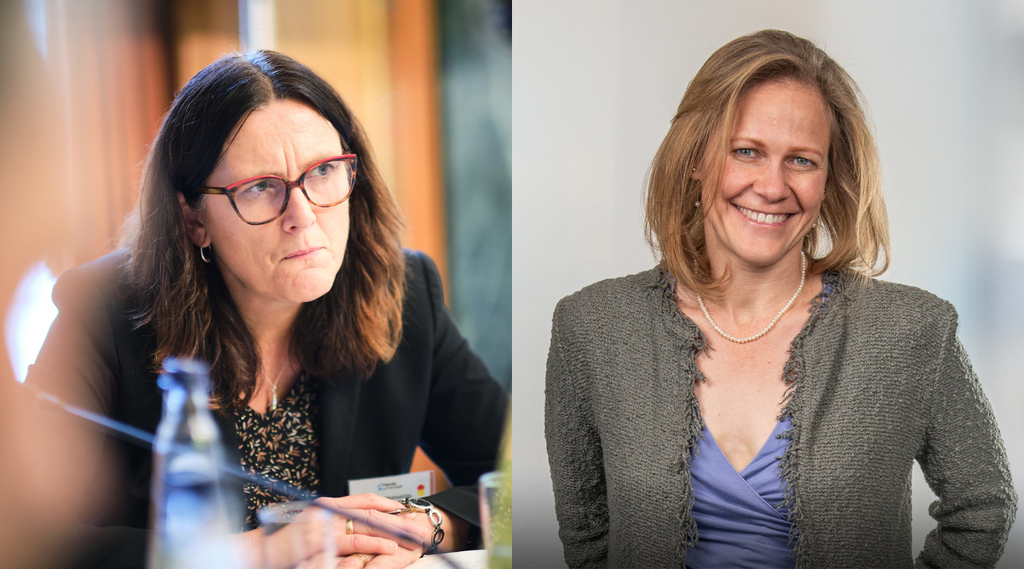
Past event Online
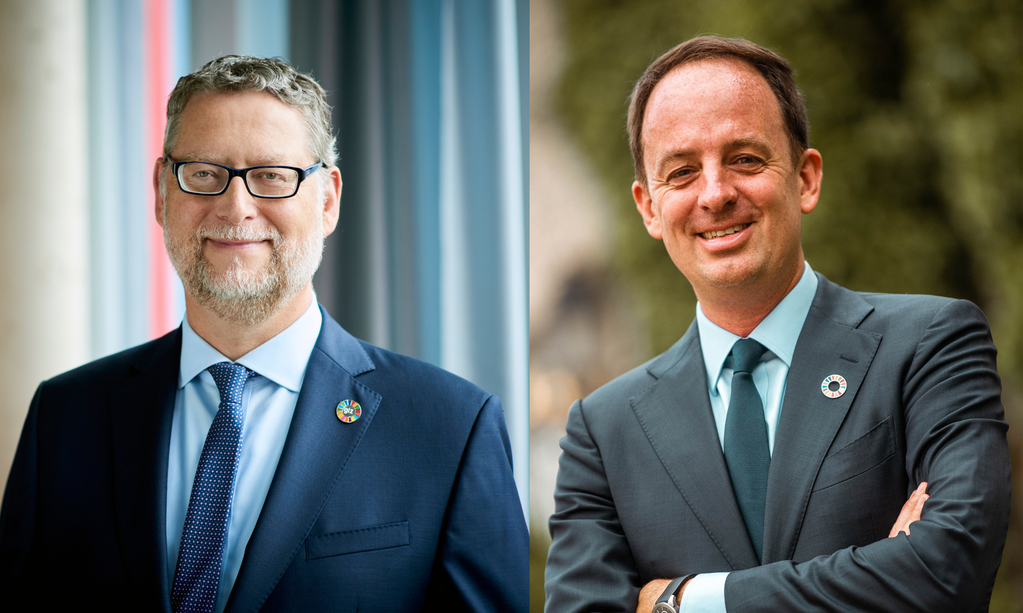
Past event IN PERSON & ONLINE

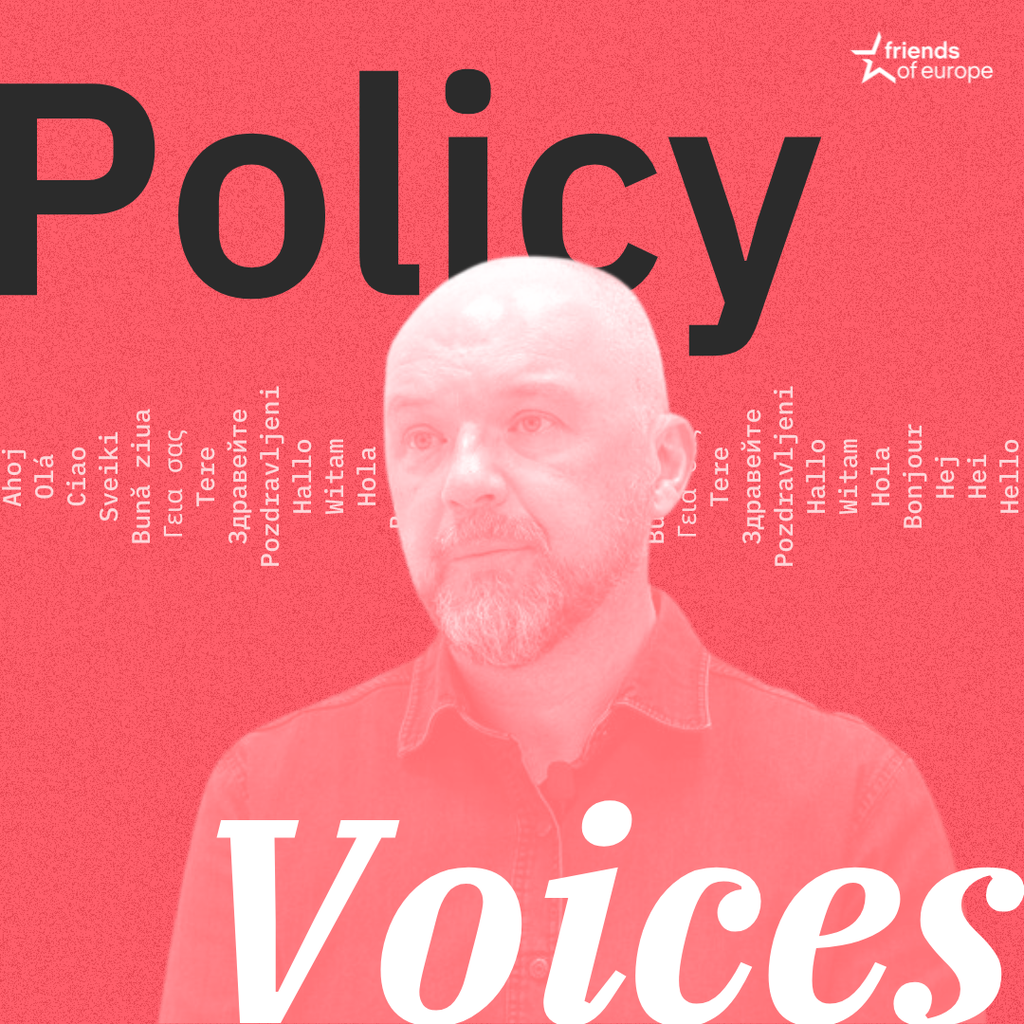
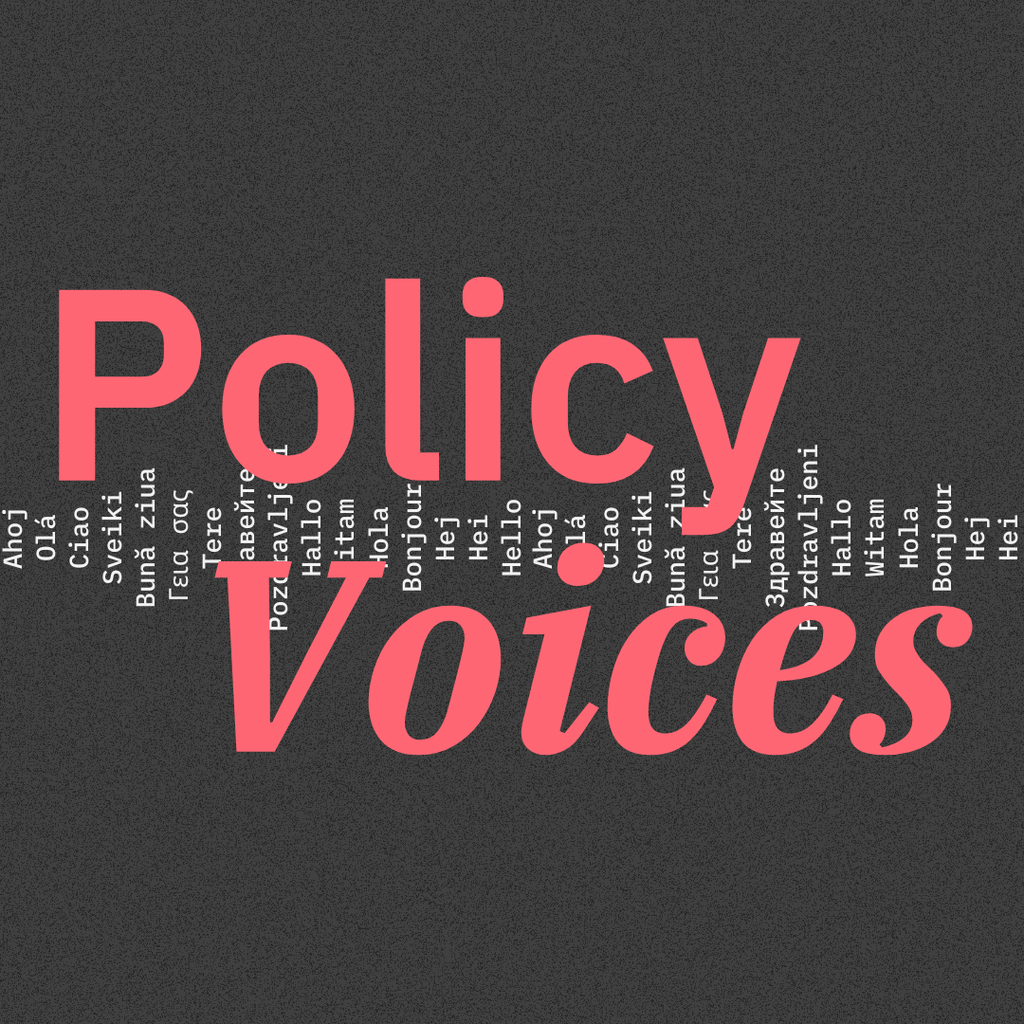
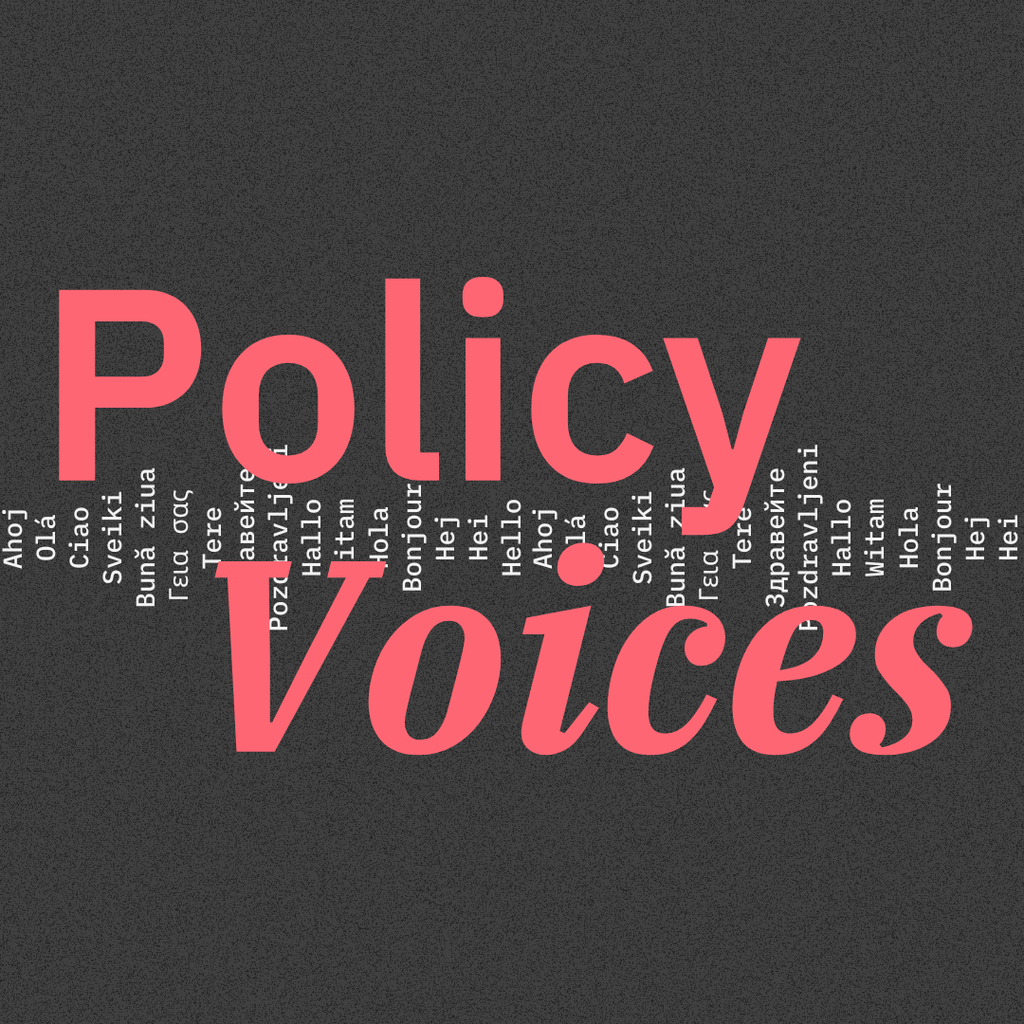

Stay informed
We use cookies and similar technologies to adjust your preferences, analyze traffic and measure the effectiveness of our campaigns. Learn more about our privacy policy.